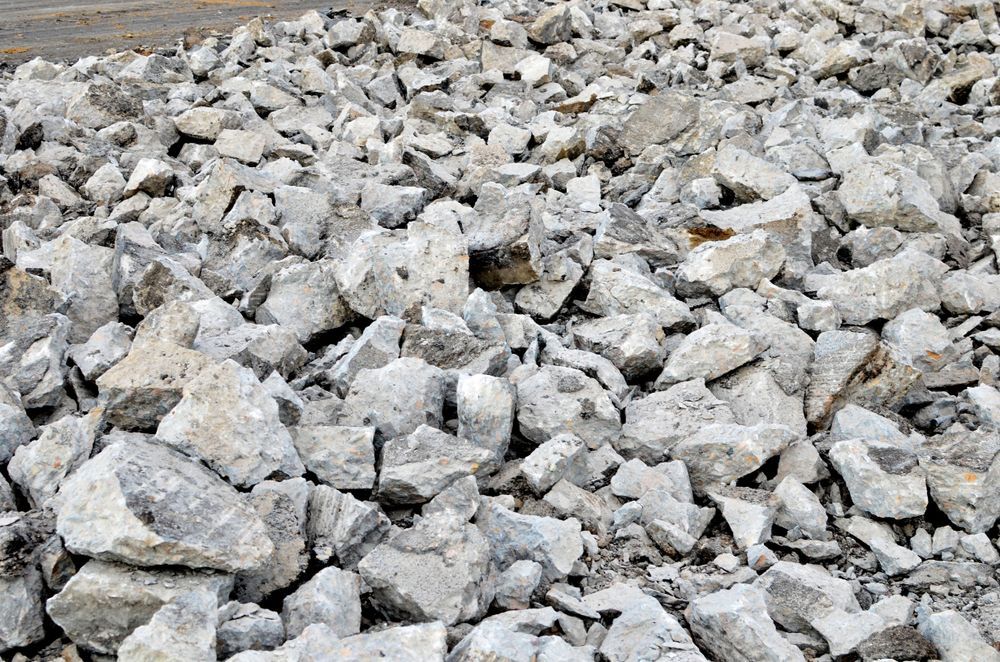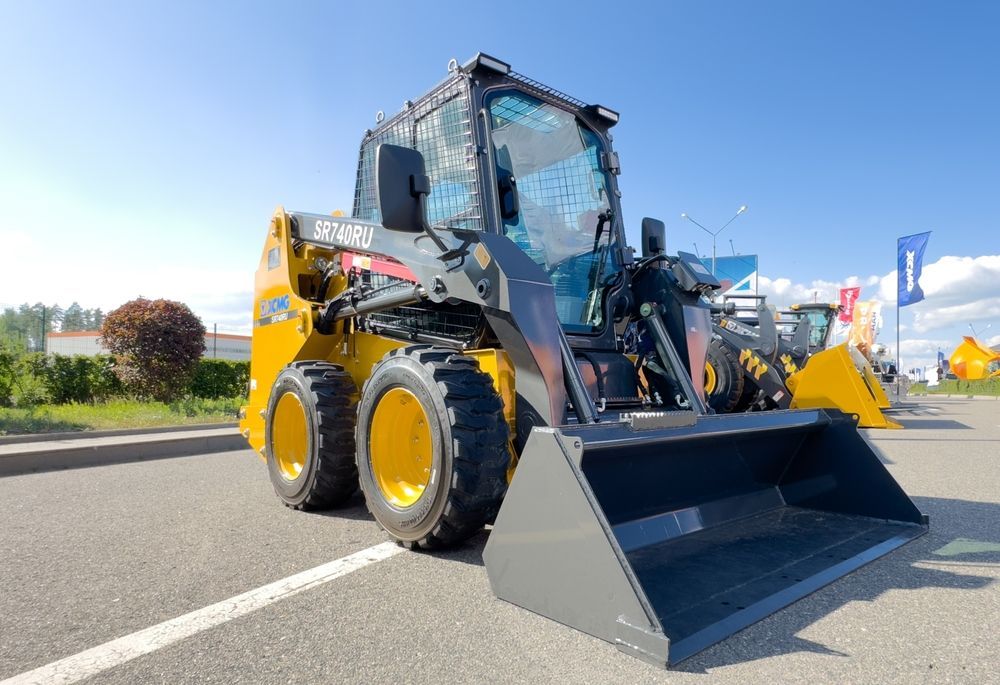10 Types of Excavator Buckets and Their Specific Uses
Share this article:
Written by: Alpine Demolition
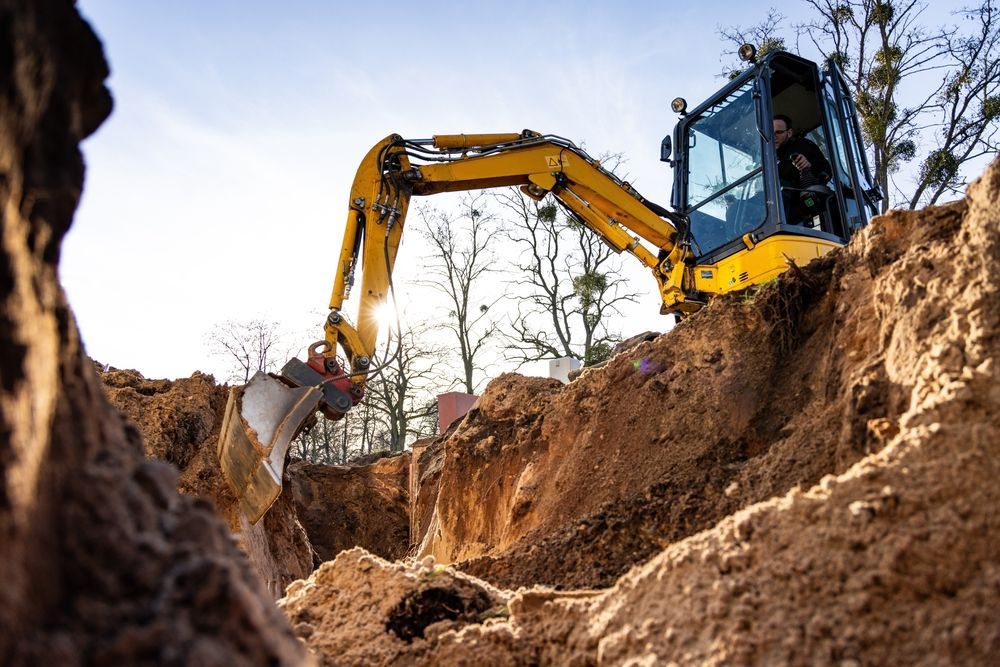
The excavator is hands down one of the most popular pieces of equipment used in construction and demolition today. These heavy-duty vehicles are versatile - able to dig, lift, and carry. They run on tracks and are made up of a boom, arm, bucket, and cab, all connected to a rotating cabin that makes it easy to move material from one location to another. Various types of excavators may be utilized on-site, from the high-reach excavator to the mini excavator.
One of the features that helps make excavators so versatile is the bucket. Excavators can support a range of different bucket types based on the task they're performing. In this post, we'll cover the 10 most common bucket types and what they're often used for. Read on to learn more:
10 Excavator Bucket Types (and How They're Used)
There's a bevy of different types of buckets that construction and demolition crews can outfit their excavating equipment with. Here's a look at 10 of the most common accessories and how they're best utilized on the job site.
1. Standard Bucket
The most common type of bucket is what's known as either a "digging bucket" or "standard bucket." Fitting to the name, it's used for digging and standard operations. The digging bucket is unique in that it features teeth on the bucket, which helps it penetrate hard surfaces and better dig into the ground. For instance, on a construction site, a digging bucket is frequently used to dig up and move dirt. On a demolition site, it can be used to dig through debris and lift material into dump trucks to be taken off-site.
2. Rock Bucket
Need to break through concrete, asphalt, stone, rock, or another hard surface? The rock bucket is your best bet. Reinforced with extra materials and outfitted with teeth that can break into and through hard surfaces that the digging bucket cannot, the rock bucket is best used for any project where hard materials need to be broken into or through.
3. Ditch Cleaning Bucket
The unique thing about the ditch cleaning bucket is that it can tilt 45 degrees to the left or to the right so work can be done at an angle. And fitting to the name and how it works, this bucket is an ideal one to use on your excavator if you're working in a trench or on an uneven or sloped surface. It's best used for smoothing out dirt and tends to be commonly used near the end of a project.
4. Grading Bucket
A grading bucket is similar to the ditch cleaning bucket in that it's often used for smoothing out soil near the end of a construction or demolition project. These buckets are short and shallow and can be dragged along the ground to administer dirt or aggregate. It's also commonly known as a "finishing bucket" as it's often used at the end of a project.
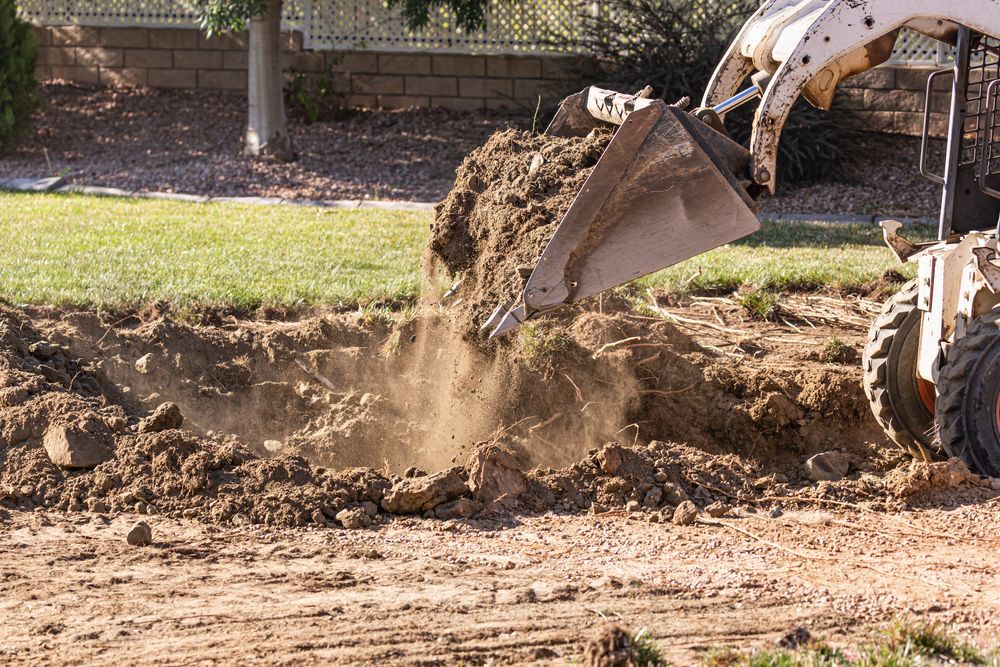
5. Trenching Bucket
While the ditch cleaning bucket is typically used for finishing work in trenches, the trenching bucket is used for actually creating them. This claw-like bucket can create deep, but not significantly wide trenches - something that can help when it comes to streamlining efficiency and reducing the need for any backfill. The trenching bucket was originally created for digging to run cables in the ground. In addition to this, it's often used in construction to create trenches for piping, sprinkler systems, and electrical wiring.
6. Skeleton Bucket
Skeleton buckets are similar to digging buckets, except they feature large slots in the rear that allow finer materials to easily pass through. They're best used for separating different materials, making them a go-to bucket for many demolition sites. For instance, when the excavator scoops up material from the ground or a pile, the finer aggregates - like soil - can pass through the slots or grid, while larger materials - like stones, rock, garbage, and more - remain in the bucket and can be discarded properly.
7. Clamshell Bucket
Resembling a clamshell in shape, these buckets are ideal for dredging operations. They're available in rotating and non-rotating varieties and help make dredging and material handling much more efficient.
8. V-Rock Bucket
Fitting to the name, the V-bucket is triangular in shape. To an extent, it's similar to the trenching bucket, but tends to be larger in size. Its size and shape make it ideal for digging larger, V-shaped trenches or ditches. V buckets are typically only suitable for larger excavators due to the power that's necessary to adequately use them.
9. Mud Bucket
When it comes to moving soil, mud buckets are the ideal excavator add-on. They're built to be tough and durable and available in all different sizes to suit everything from mini excavators to full-size excavators. They can also assist with loading up trucks to move soil to another part of the site or off-site.
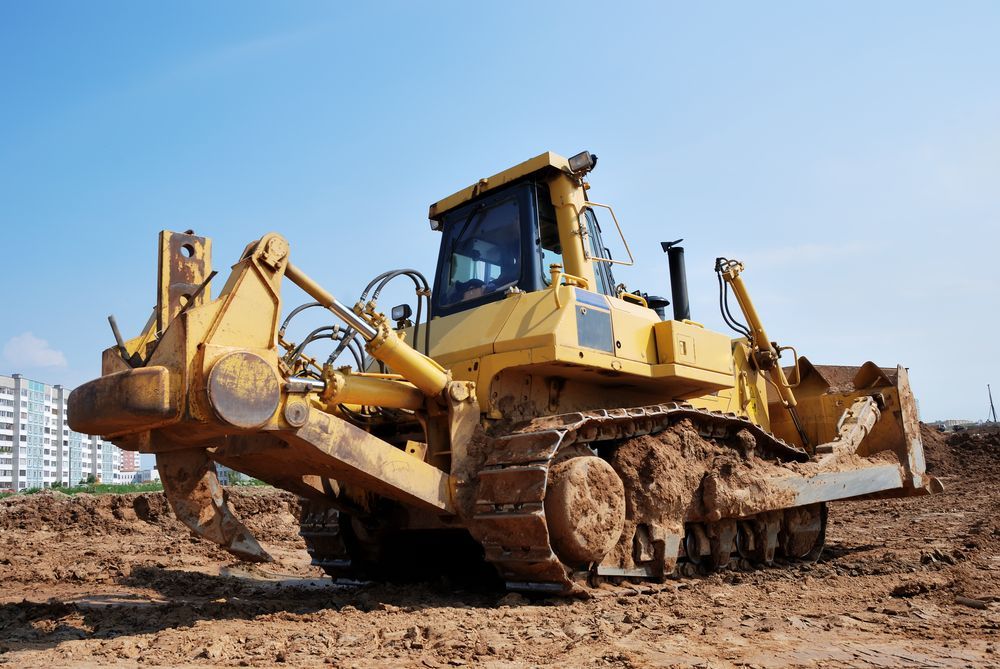
10. Ripper Bucket
Ripper buckets are heavy-duty accessories outfitted with sharp teeth that are simply designed to rip through materials or soil. Common on the demolition site, these buckets present an alternative to drilling and blasting, as they're able to break through just about any object or material with ease. They may also be used to remove trees, bushes, and other debris.
Contact Alpine Demolition Today
For more information on the role of an excavator in demolition and to learn more about the various kinds of bucket types that you might see on site, contact Alpine Demolition today. As a professional demolition contractor, we pride ourselves on using the latest equipment and technologies to safely and efficiently carry out a demolition job from start to finish, with an end goal of completing the job on time and within budget. Contact us today to learn more about the 2,000+ projects we've completed since our founding in 2002 and our industry-leading 95 percent customer satisfaction rate.


